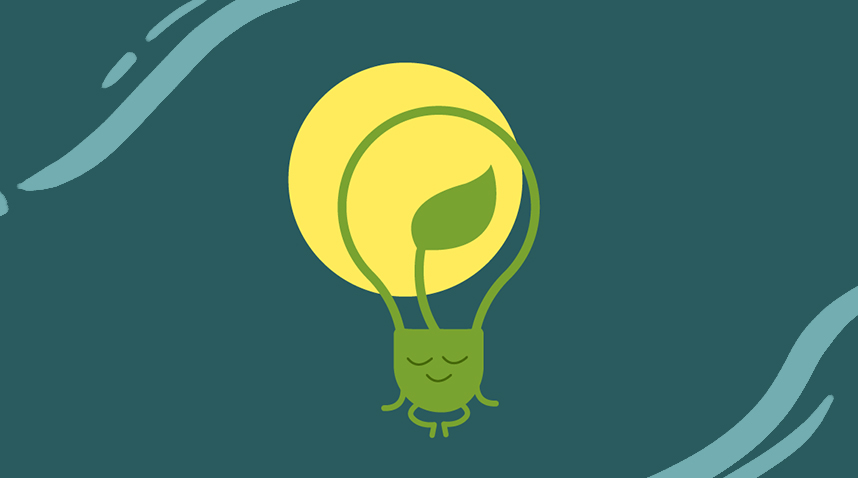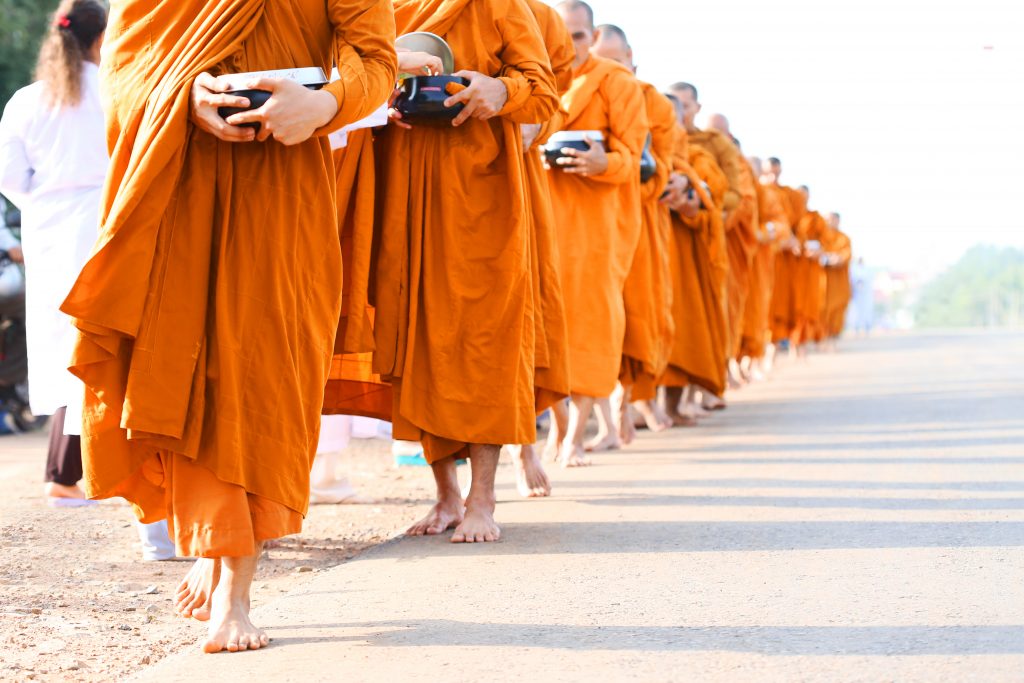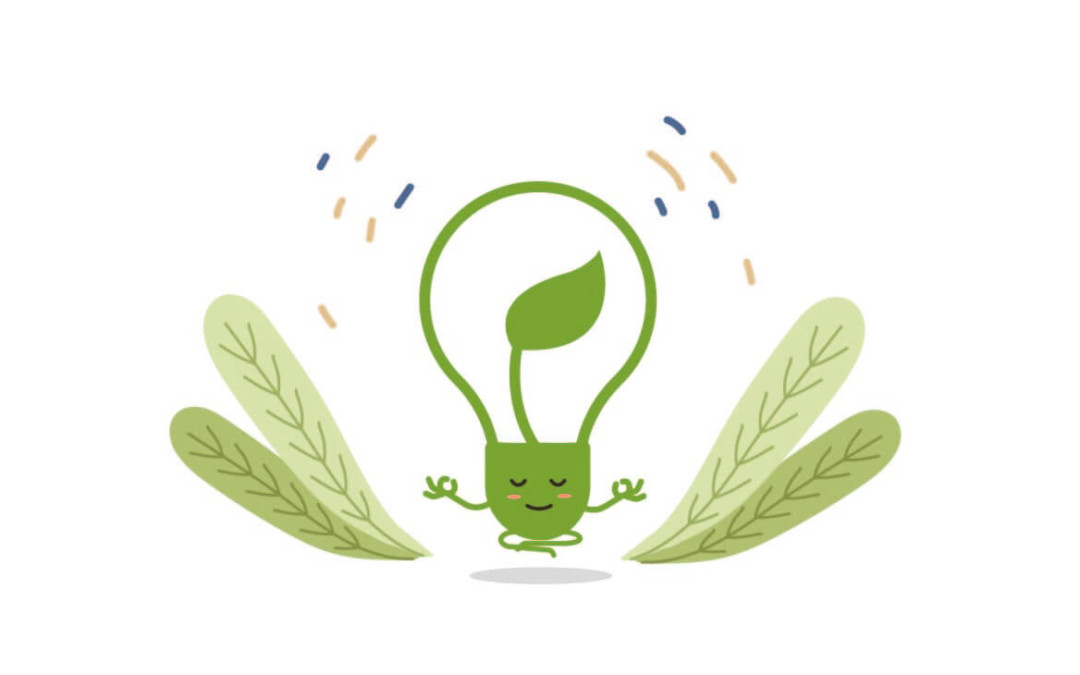
Meditation 101
The stresses experienced in life are self-afflicted. External circumstances are largely beyond our control. While changing the world is difficult, we can shift our perspective about it. Meditation allows us to look inwards to investigate the causes of stress in order to uproot them and to plant the seeds of peace. Meditation allows us to realise how we can truly be at home with ourselves and the world.
In the last decade, mindfulness meditation has taken the world by storm. There is a rise in meditation teachers, gurus, and techniques.
- How is Buddhist Meditation different from others?
- What Meditation is NOT
- The 5 hindrances in meditation
- Different meditation techniques
- How do you know if meditation is working for you?
- How to get started even if you’re busy
- Useful resources
How is Buddhist Meditation different from others?
Meditation is a practice that exists even before the time of the Buddha. In fact, before the Buddha attained enlightenment, in his search for liberation, he learnt meditation under two great masters of his time. However, the practices weren’t adequate in helping him realise the end of suffering, which led him to figure out on his own. After his own successful attainment of the Truth, the Buddha preached Right Mindfulness as one of the factors of the Noble Eightfold Path.
Secular Mindfulness vs Mindfulness in Buddhism
The difference between most secular mindfulness practices and the mindfulness that the Buddha taught is its aim.
Mindfulness generally means the state of being aware. It is not inherently ethical or unethical, and can be used for good or for bad. A thief can have mindfulness and apply it to unwholesome activities. While committing a crime, he or she can be aware of the surrounding movements to avoid being caught red-handed.
On the wholesome side, doctors, schools, and teachers are advocating secular mindfulness practices for the betterment of society’s welfare. One can meditate to improve health and relationships, regulate emotions, and perform better in school and at work.
Having said so, these practices may only provide temporary relief if we are after conditional happiness. What is conditional happiness? Happiness that arises only when conditions are good – good health, good career, good relationship, etc. But once things go south, we become depressed, or we have to be willing to look on the bright side.
(Right) Mindfulness in Buddhism is part of the Noble Eightfold Path, which propels us towards lasting peace and the complete liberation from suffering. We meditate with the intention of understanding the root causes of our dissatisfactions and how to let go of them.
We gain realisations and insights into the truths of nature –
- What is conditioned is subject to change (aniccā),
- What is subject to change cannot be identified as “self” (anattā),
- Wanting what is impermanent to be permanent and attaching a self-identity to what is constantly changing give rise to dissatisfaction (dukkha).
Understanding these truths, we free our minds from states such as greed, hatred, and ignorance, which do not benefit us. This snowballs into how we speak and act in our daily lives. Just like how we know not to touch a hot kettle, we will develop the wisdom to not carry thoughts of ill-will in order to not let them burn us.
Hence, (Right) Mindfulness in Buddhism is practised holistically with other aspects of the path – factors of virtues and wisdom. For example, if a person does not conduct himself virtuously in the day and carries evil thoughts about others, settling his mind during meditation would be difficult. And if a person develops mindfulness, he can become more aware of unwholesome thoughts and prevent them from turning into unskilful actions. Experiencing the benefits of this, he sets the intention to develop his mindfulness even more.
Like a well-oiled machine, the different parts of one’s life work together simultaneously to liberate us from the causes of suffering.
While we differentiate secular mindfulness and mindfulness in Buddhism, the mindfulness meditation that the Buddha preached is not exclusive to Buddhists. Mindfulness in Buddhism can be practised by anyone who wishes to transcend dissatisfactions in life and to attain unconditional happiness.
For more in-depth analysis of Right Mindfulness, read Right Mindfulness.
What Meditation is NOT
The goal of meditation isn’t to have no thoughts
Don’t be fooled by the motionless warm bodies you see in meditation photos, videos, or in real life. 99% of the time, the default mode of the brain is to think. Rather than constipating yourself by forcing thoughts to go away, embrace them, and befriend them. Your thoughts are clues that reflect your fears, insecurities, attachments, etc. Meditation is about understanding yourselves and nature, so that you can adopt skilful measures to change your life for the better.
Meditation isn’t just about being calm and relaxed
Calm and relaxation are the fringe benefits of meditation and not the main goal. The main goal of Buddhist meditation is to purify the mind from greed, hatred, and delusion. With a still mind, insight can arise to help us see the true nature of things. The moment we gain insight into this, our hearts become cool. The benefits of meditation go beyond the meditation cushion. We begin to respond rather than to react to the ever-changing conditions around us, leading to more joy and happiness.
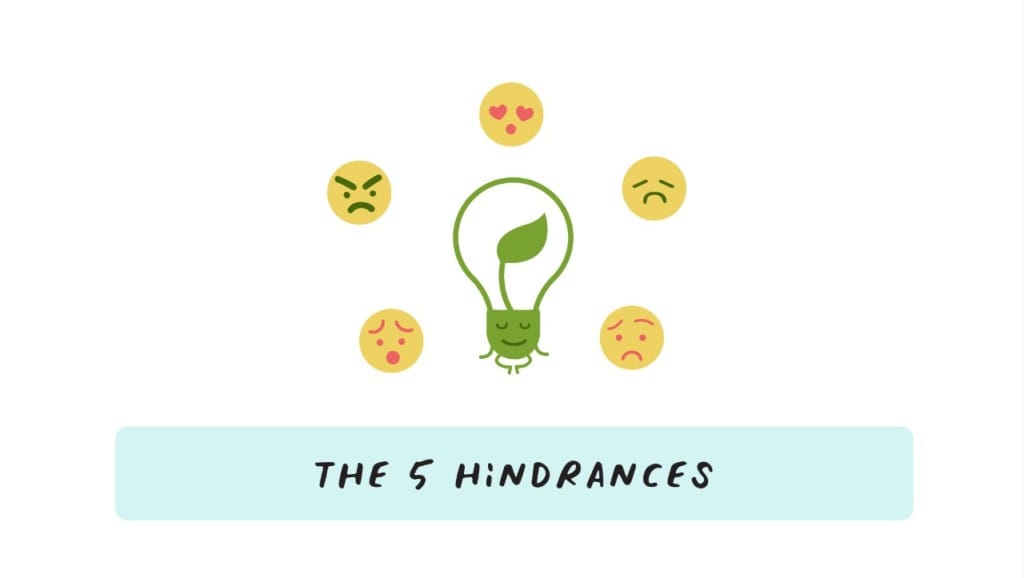
The 5 hindrances you will experience in meditation and how to overcome them
In meditation, the mind can be clouded by desires, ill-will, laziness, restlessness, and doubt. These, the Buddha taught, are the 5 obstacles that hinder one to experience the ultimate peace.
Sensual desire (kāmacchanda)
Sensual desires arise when our senses come into contact with sights, sound, smell, taste, feeling, and thoughts. These sensual desires can distract us from our meditation object. Hence, we need to learn to let go of them. We can do this by investigating the impermanent nature of these sensual objects in the mind. Watch how thoughts, feelings, sounds, etc come and go. Once we see that they are not real and that they are inconstant, we gradually cease chasing after them and start paying attention to the present moment.
Ill-Will (byāpāda)
Ill-will commonly arise due to the expectations we have of ourselves, others, or of situations. In meditation, we may feel averse towards the meditation object or berate ourselves when we fail to quiet our minds. We may think of someone who made us angry and play hostile thoughts on repeat. Holding on to ill-will denies us the access to happiness. Loving-kindness meditation can help to put out the fires in our hearts.
Sloth & Torpor (thīna–middha)
Sloth and torpor refer to the dullness of the mind. This is caused by the lack of energy and effort, which leads to boredom and drowsiness. The next thing you know, you might have fallen asleep! Make your meditation interesting by adopting a spirit of curiosity towards every meditation object. You can be awed by the little things – the subtle differences of every breath, how your breath has the powerful ability to relax the body, how easy for your mind to wonder, etc! Put in wholesome effort to sustain your awareness in this present moment. If it doesn’t work, you may wish to get some fresh air, splash water on your face or do walking meditation to raise your energy level and make yourself more awake. If it still doesn’t work, you probably need some well-deserved sleep.
Restlessness and remorse (uddhacca-kukkucca)
Restlessness refers to the monkey mind swinging from one thought to the next. You might be worrying about the future or have concerns about the past. Or you might be fidgeting every few minutes, changing posture with the slightest itch or discomfort. Or there might be a song in your head that you can’t shake off. These are signs that the mind is struggling to find contentment in this present moment. Taking 5 long in and out breaths can help calm the mind. Body scan meditation and mantras can also help to ground your thoughts.
Doubt (Vicikicchā)
Doubt refers to the questioning of oneself and the meditation experience that hinders one from progressing further. ‘Am I doing this correctly?’, ‘What is this?’, ‘Am I there yet?’, these questions are important to ensure we are on the right track. However, when we asked them at the wrong time during meditation, it can stir the mind and prevent it from going deeper into a still state. To overcome this, save the questions for the end of the meditation as a form of reflection. Before the meditation, set a firm intention to stick to a meditation object of your choice. During the meditation session, place appropriate attention on the meditation object and patiently let the experience unfold. Still unsure if you’re on the right track? Clarify your doubts with a meditation teacher. You may also build trust in the practice by recollecting the fact that many meditators have found a brighter path ahead of them.
These hindrances have the power to take over your mind if you let them. Often, these waves of defilements cause us to feel defeated or even cause us to give up the meditation practice all together.
Here are some helpful tips:
- Experiencing these hindrances is absolutely normal. Adopting a curious attitude towards investigating the causes of these hindrances can help you make the meditation more enjoyable. Treat it as an experiment, and you are bound to gain valuable insights along the way.
- Each time you recognise that your mind has wandered, it is a moment for celebration. Because at that very moment, you are making what used to be unconscious conscious, thereby strengthening your awareness.
- Good things in life may not come easy, but they are worth striving for. Mindfulness and clear comprehension allow you to respond to situations rather than react. Mindfulness is a superpower that will visibly change your happiness quotient and those around you.
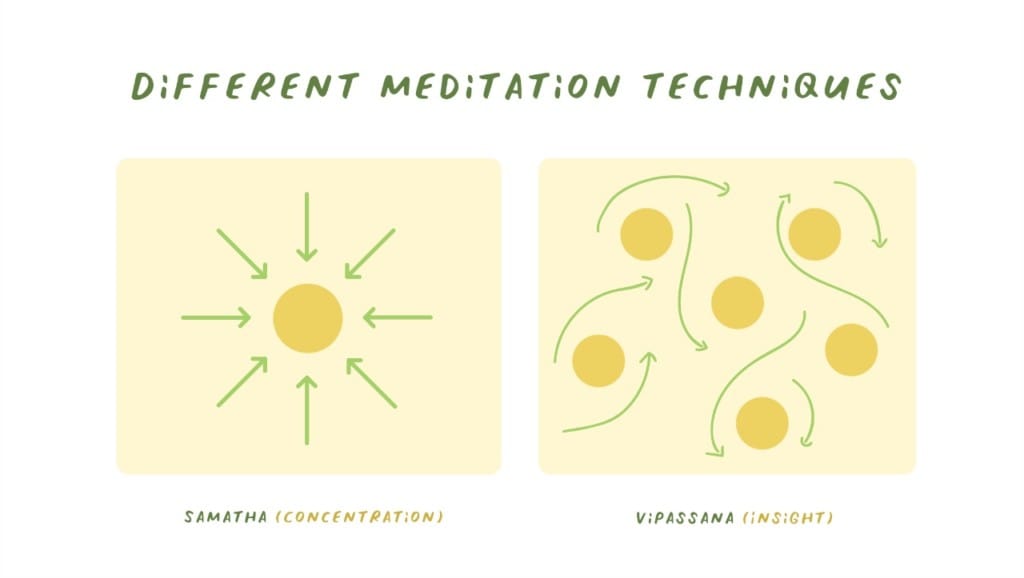
Different meditation techniques
Meditation is like medicine for the mind. Just as there are different medicines for different physical ailments, there are different types of meditation techniques for different states of mind and temperaments.
Meditation techniques are commonly categorised into two big buckets:
- Samatha (Concentration) Meditation: Stilling of the mind, freeing the mind from the 5 hindrances.
- Vipassanā (Insight) Meditation: Giving rise to penetrative insights and clearly seeing things as they truly are. I.e: all conditioned things are impermanent, dissatisfactory, and non-self.
Both Samatha and Vipassanā need to work in harmony in order for the positive benefits of meditation to last (in and beyond our formal meditation practice).
Analogy of a Rock on grass
A still mind temporarily keeps our defilements at bay. Just like covering a grass patch with a rock. In a couple of days, the grass withers. But not long after the rock is lifted, the grass grows again. To ensure that the grass stops regenerating, one has to remove the grass from its roots; Wisdom must be used to uproot the defilements.
Analogy of an Axe
To chop a trunk of a tree with an axe, the axe needs a sharp blade and a weighted handle. In meditation, vipassanā is like the blade while samatha is the handle, and one needs both to complement each other.
Vipassanā practice sharpens one’s mind to prevent the mind from falling in dullness.
Samatha practice stabilises one’s mind to prevent the mind from being disoriented.
Of more than a dozen of meditation techniques that fall under Samatha and Vipassanā , these are the popular ones:
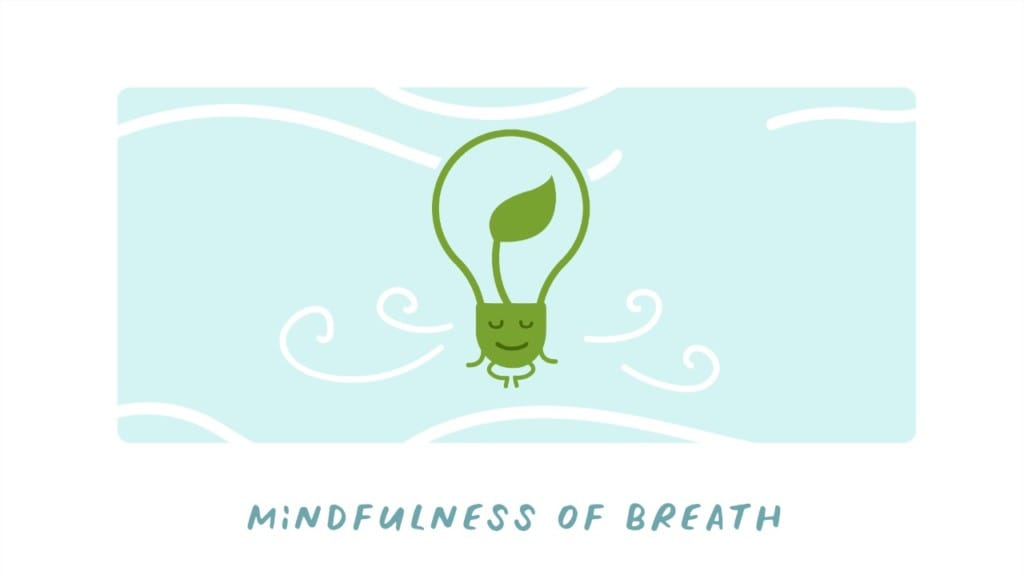
1. Mindfulness of breath
This is best for developing focus and stilling the restless monkey mind. Let the breath be the anchor for your mind throughout the meditation. You may start by counting your breath. With every inhale, count one. With every exhale, count two. As your mind gradually relaxes, you may increase the intervals of your counting – inhale and exhale count one, the next inhale and exhale count two. You can count to ten, then count backwards. Repeat this until the breath becomes subtler over time and you may eventually drop the counting. Just be aware that you’re breathing.
When you notice that your mind has wandered into the past or the future, recognise that and gently bring the mind back to the in and out breath.
Tips:
a. Each time you notice that your mind has drifted away from the anchor point, celebrate the fact that you were aware. If you notice that the frequency of wandering thoughts has reduced over time, celebrate again! This can motivate you to keep going.
b. If counting numbers doesn’t help you to stay focused, you may try counting alphabets in ascending then descending order.

2. Body Scan Meditation
This is best for relaxing the body, especially if you have a stressful day. Scan your body slowly from head to toe with a light smile on your face. While scanning each part of your body, pause to tune in to how it feels. Are your muscles tense or relaxed? Are your eyes dry or moist?
Tip:
Bring up gratitude towards each part of your body and bring up wholesome intentions. Example: Thank you, ears, for allowing me to listen. May I let in what is beneficial and filter out what is not. Thank you, mouth, for allowing me to speak. May I speak words that are skilful and beneficial.
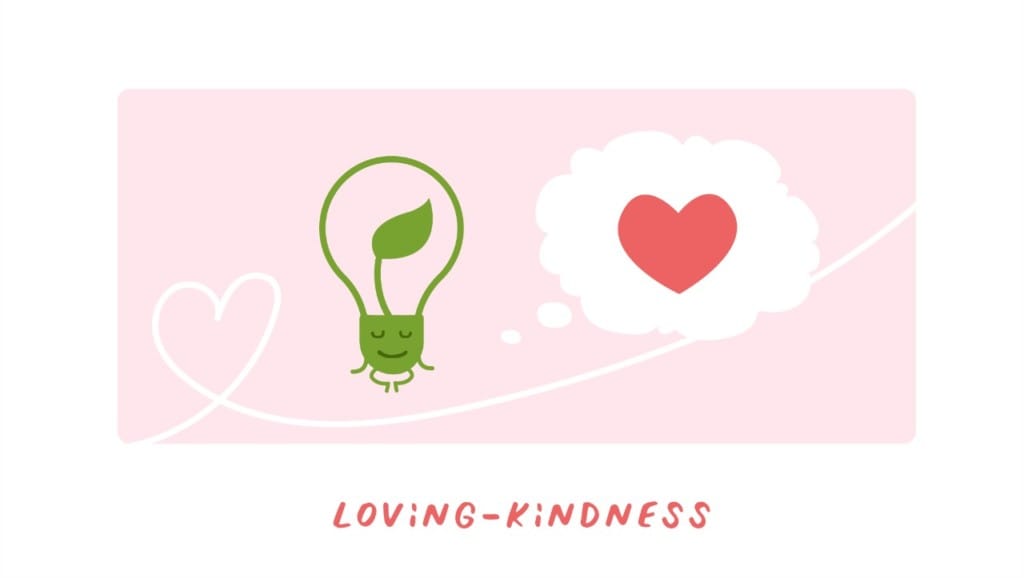
3. Loving-kindness Meditation
This is best for diffusing anger and soothing an overly critical mind. In this meditation, visualise yourself, your loved ones, those who are neutral, strangers, and those whom you dislike. Radiate Loving-kindness towards these people in respective order.
Acknowledge that all beings in this world wish for happiness and safety. Wish them well. Just like a mother would protect her only child with a boundless heart, should one cherish all living-beings.
Tip:
It is okay to struggle with sending thoughts of good will towards those whom you dislike and those who hurt you. Recognise your emotional capacity and wish yourself well. Then, when you’re ready, set the wholesome intention to free your heart from enmity little by little.
4. Meditate on the changing nature
This is great for developing wisdom and insight. You may start your meditation with mindfulness of breath, body, or sounds. Set your mind to be alert about the changes that take place. For example, if you catch your mind wandering, note “wandering”. If you notice a pain in your back, note “pain”. Observe and investigate how the qualities of your mind and body changes.
Tip:
Regardless of the changes in thoughts or sensations, embrace rather than judge. Observe the changes as though you’re from the outside looking in and in a non-personal manner.
How do you know if meditation is working for you?
The success of your meditation isn’t how long you can sit on the cushion without moving. If that’s success then hens would have attained enlightenment! True success can be observed in how you conduct yourself in daily life.
Are your thoughts, speech, and action increasing in wholesomeness?
Is your greed, ill-will, and ignorance reducing?
If the answer is ‘yes’, you’re on the right path! Continue to meditate consistently.
Want to get started but too busy to squeeze time?
A few minutes of meditation a day is better than none! One need not sit for long hours to consider it meditation. We already spend a lot of time placing our focus on Netflix or social media, so why not allocate a few minutes to look into our inner world? Taking a 5-minute meditation break daily can make you feel like a new person.
Need guidance in your meditation?
Here are some meditation applications that you can start with:

